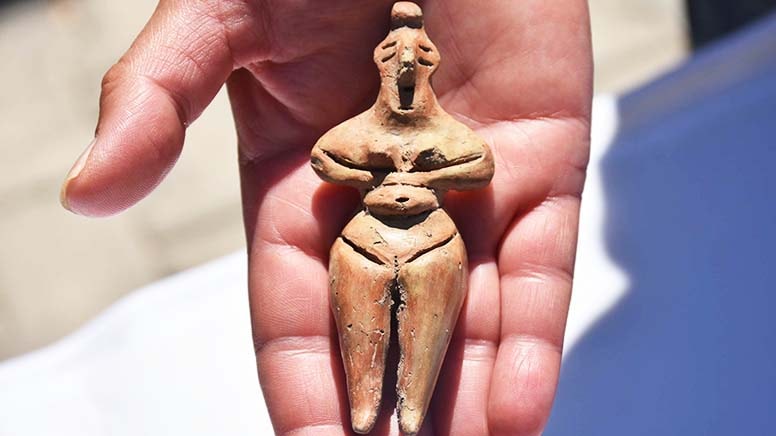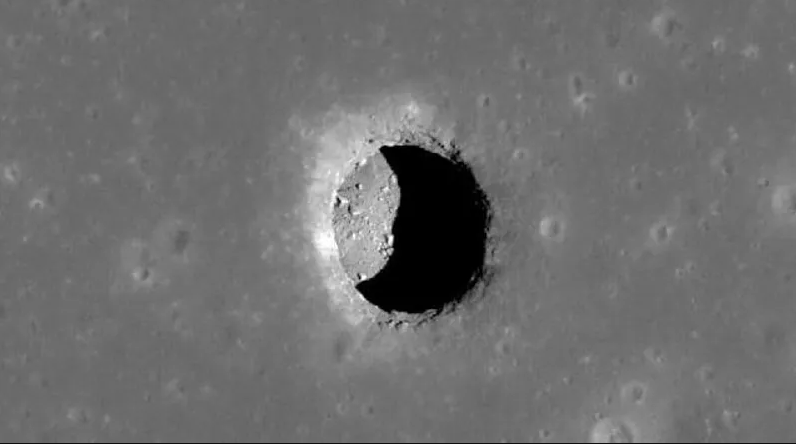
- A-
- A
- A+
On the outskirts of the solar system discovered more than 100 small planets
Many previously unknown dwarf planets were discovered by University of Pennsylvania astronomers in collaboration with scientists from other scientific organizations. The orbits of the “new ones” are located even further from our luminary than the orbit of Neptune (about 30 times farther than the Earth is from the Sun).
Large-scale studies were carried out for 5 years (August 2013-January 2019). Specialists studied supernova and galactic clusters, and also collected data on sources of infrared radiation in the sky of the southern hemisphere of the Earth. Discovering 139 new minor planets was not easy due to their small size.
Researchers hope that the study of the orbits of the newly discovered “dwarfs” will help in the search for the “ninth planet” or, as it is also called, “planet X”. Its possible existence about five years ago was reported by astrophysicists. A hypothetical object, according to scientists, is located at a distance of 41 billion km from the Sun. He completes a complete revolution around the luminary in about 15 thousand Earth years. The results of the study are published in the Astrophysical Journal Supplement Series.
Similar News
Links



 Elm TV
Elm TV
 Photo
Photo
 Video
Video





